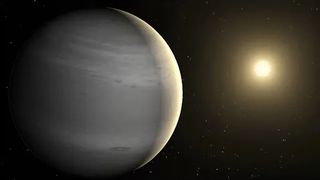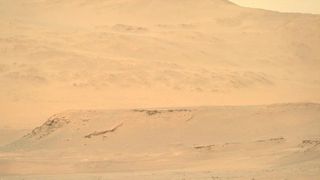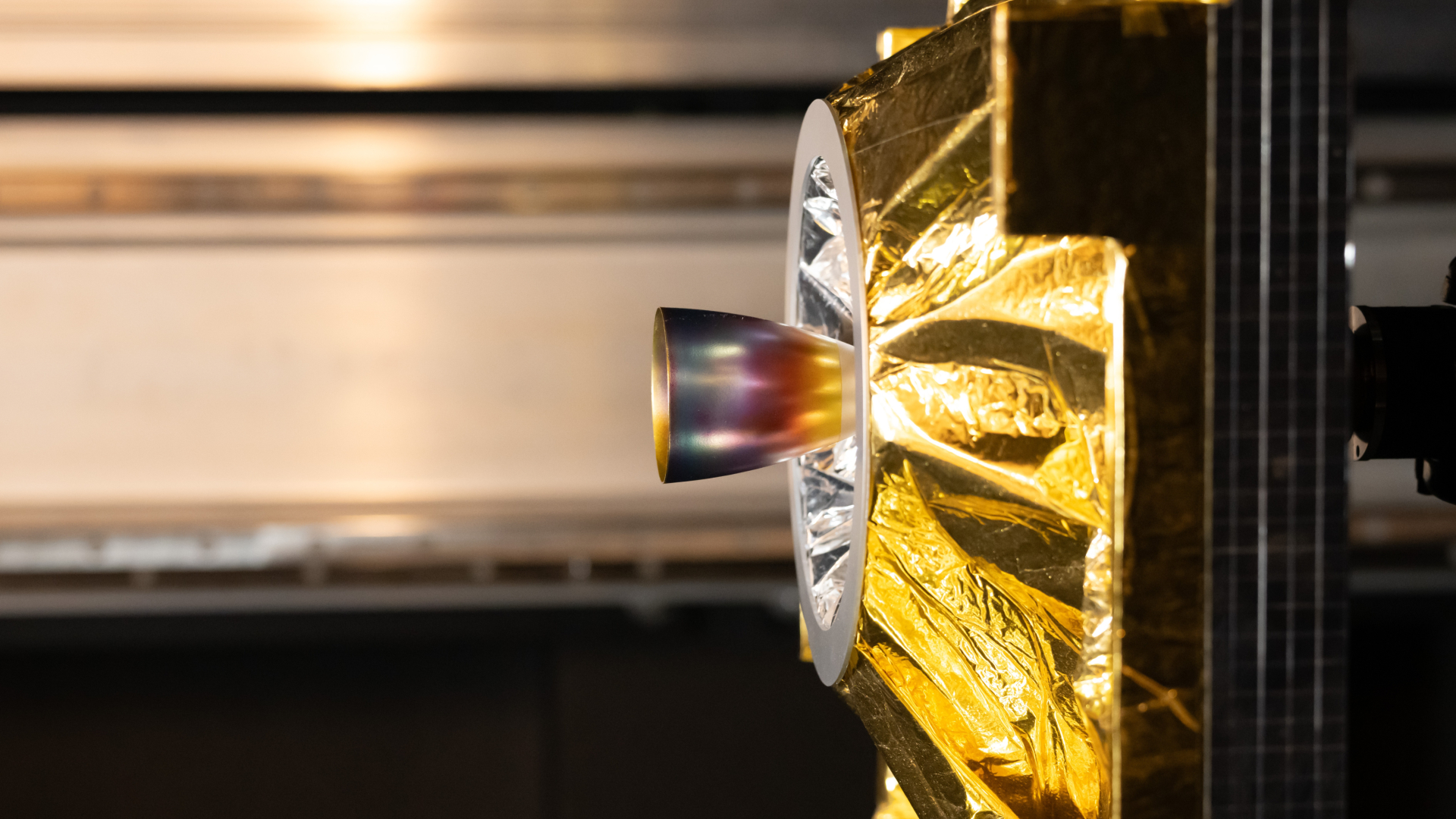Sharmila Kuthunur is an independent space journalist based in Bengaluru, India. Her work has also appeared in Scientific American, Science, Astronomy and Live Science, among other publications. She holds a master's degree in journalism from Northeastern University in Boston.
Latest articles by Sharmila Kuthunur
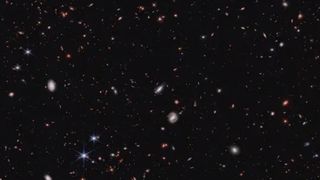
James Webb Space Telescope finds galaxies pointing toward a dark matter alternative
By Sharmila Kuthunur published
A new study suggests galaxies in the early universe appear much larger and brighter than expected, precisely as predicted by modified Newtonian dynamics, or MOND.
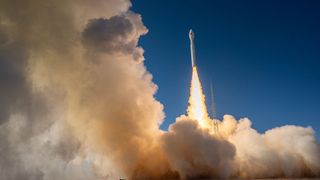
Chinese private rocket launches 1st satellite for international customer
By Sharmila Kuthunur published
CAS Space successfully launched 15 satellites into Earth orbit, including one for its first foreign client, the Sultanate of Oman.
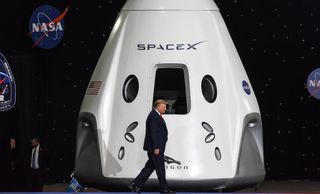
What a 2nd Trump administration could mean for NASA and space exploration
By Sharmila Kuthunur published
Former President Donald J. Trump's return to the White House next January will likely bring big changes to NASA's Artemis program and a renewed sense of urgency to a crewed landing on the moon.
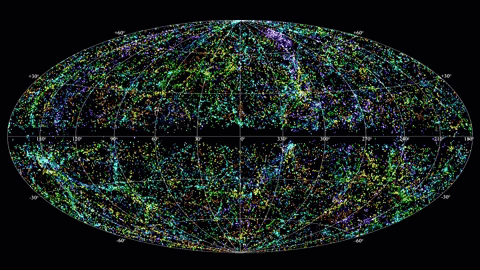
Where do fast radio bursts come from? Astronomers tie mysterious eruptions to massive galaxies
By Sharmila Kuthunur published
Fast radio bursts — powerful and poorly understood cosmic eruptions — tend to occur in massive galaxies that host long-dead stars known as magnetars, a new study suggests.
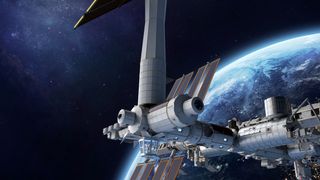
Axiom Space looks to India and Europe for rockets to help build its private space station
By Sharmila Kuthunur published
Axiom Space of Houston is considering using launch vehicles from India and Europe to help build its commercial space station mission in low-Earth orbit.

Teeny tardigrades can survive space and lethal radiation. Scientists may finally know how
By Sharmila Kuthunur published
A new species of tardigrades with thousands of genes that become more active when exposed to radiation could help in devising better protection for astronauts on long missions.
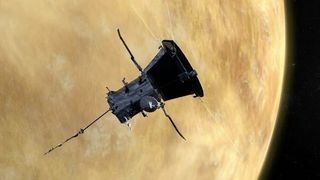
NASA's Parker Solar Probe flies by Venus before historic sun encounter
By Sharmila Kuthunur last updated
NASA's Parker Solar Probe swoops in for its seventh and final swing past Venus ahead of its history-making encounter with the sun on Christmas Eve.
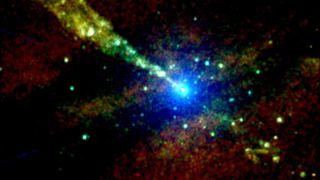
NASA's Chandra X-ray telescope sees 'knots' blasting from nearby black hole jets
By Sharmila Kuthunur published
A fresh analysis of decades-old X-ray black hole jet data has revealed bright, lumpy features with mysterious speed changes.
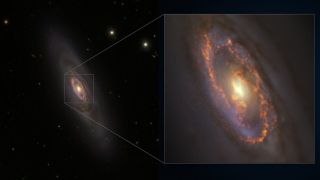
Astronomers spot unusually synchronized star formation in ancient galaxy for 1st time
By Sharmila Kuthunur published
An old galaxy reveals clusters of young stars that have formed in an unusually synchronized fashion, challenging the idea that star formation declines as galaxies age.
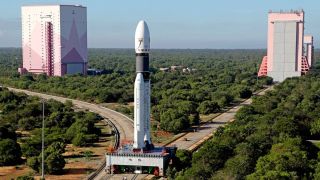
India delays its 1st-ever Gaganyaan astronaut launch to 2026
By Sharmila Kuthunur published
India plans to launch astronauts to Earth orbit no sooner than 2026, roughly a year past the previously known timeline, following a series of uncrewed flight tests slated to begin in December.
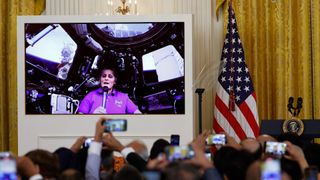
NASA astronaut Suni Williams sends Happy Diwali wishes from ISS (video)
By Sharmila Kuthunur published
As millions of people around the world celebrate Diwali, the Hindu festival of lights, NASA astronaut Sunita Williams radioed home her share of festive cheer.
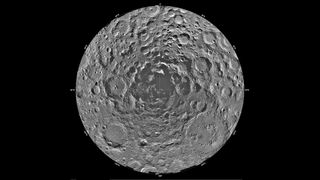
India targets 2028 for Chandrayaan-4 sample-return mission to moon's south pole
By Sharmila Kuthunur published
India is eyeing a 2028 launch for its Chandrayaan-4 moon sample-return mission, followed by an uncrewed lunar lander and rover in collaboration with Japan.
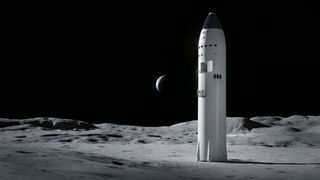
NASA announces 9 possible moon landing sites for Artemis 3 lunar mission
By Sharmila Kuthunur published
NASA has refined its list of potential landing sites near the moon's south pole for its Artemis 3 mission, which aims to return astronauts to the lunar surface no earlier than 2026.
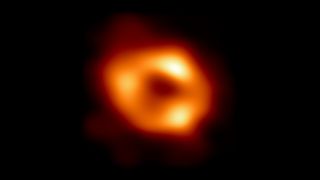
1st image of our Milky Way's black hole may be inaccurate, scientists say
By Sharmila Kuthunur last updated
The famous doughnut-shaped image of the Milky Way's supermassive black hole may not be fully accurate, an independent analysis of EHT data suggests.
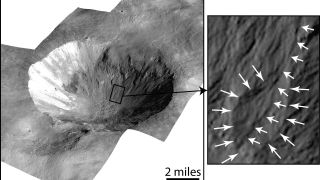
Mysterious features on asteroid Vesta may be explained by saltwater
By Sharmila Kuthunur published
Temporary flows of saltwater could explain mysterious gullies and fan-shaped deposits spotted across asteroid Vesta.
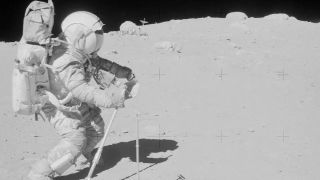
New study of Apollo 16 moon samples reveals hidden lunar history
By Sharmila Kuthunur published
Soil-like pebbles in moon samples brought home by Apollo 16 astronauts have revealed new details about lunar history.
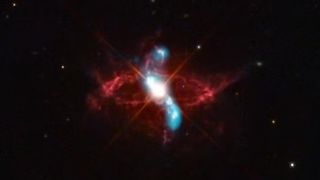
'Superluminous' nova from rare stellar duo spotted in Milky Way's galactic neighbor
By Sharmila Kuthunur published
An ultraluminous nova in a nearby galaxy offers a glimpse into the mysterious workings of a rare stellar duo.
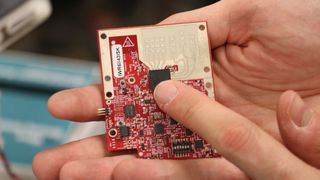
To land safely on Mars and the moon, we may need to measure dust
By Sharmila Kuthunur published
A new radar instrument designed to measure nearby dust and debris could make spacecraft landings on the moon and Mars safer.
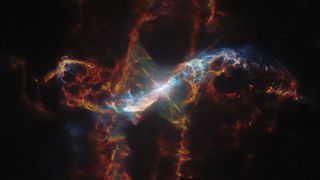
Hubble Telescope sees 'stellar volcano' erupt in amazing colors (video, photo)
By Sharmila Kuthunur published
The Hubble Space Telescope has captured an intricate portrait of R Aquarii, an odd nearby binary star system that occasionally erupts into spectacular novae.
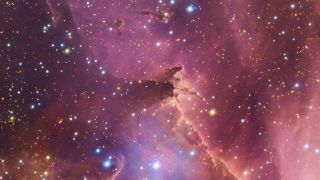
Find your way across countless young stars in this image of a faraway stellar nursery (image)
By Sharmila Kuthunur published
A new telescope image reveals in intricate detail a slice of a well-studied faraway stellar nursery.
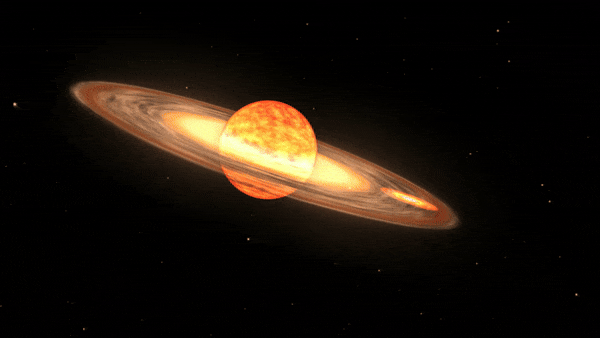
Astronomers prepare for once-in-a-lifetime event: A 'new star' in the night sky
By Sharmila Kuthunur published
A rare nova explosion will soon bring a "new star" to the night sky, and scientists are excited.
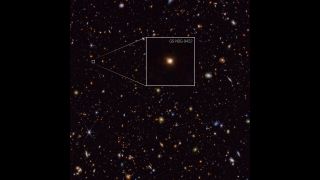
'That's weird': James Webb Space Telescope spies a strange galaxy outshining its stars
By Sharmila Kuthunur published
An oddball galaxy in the early universe shines so brightly it outshines its stars.
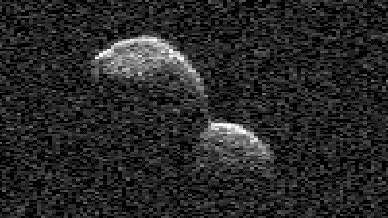
Radar images capture snowman-shaped object tumbling past Earth
By Sharmila Kuthunur published
Radar images have captured snowman-shaped 2024 ON asteroid tumbling through space.
Breaking space news, the latest updates on rocket launches, skywatching events and more!

